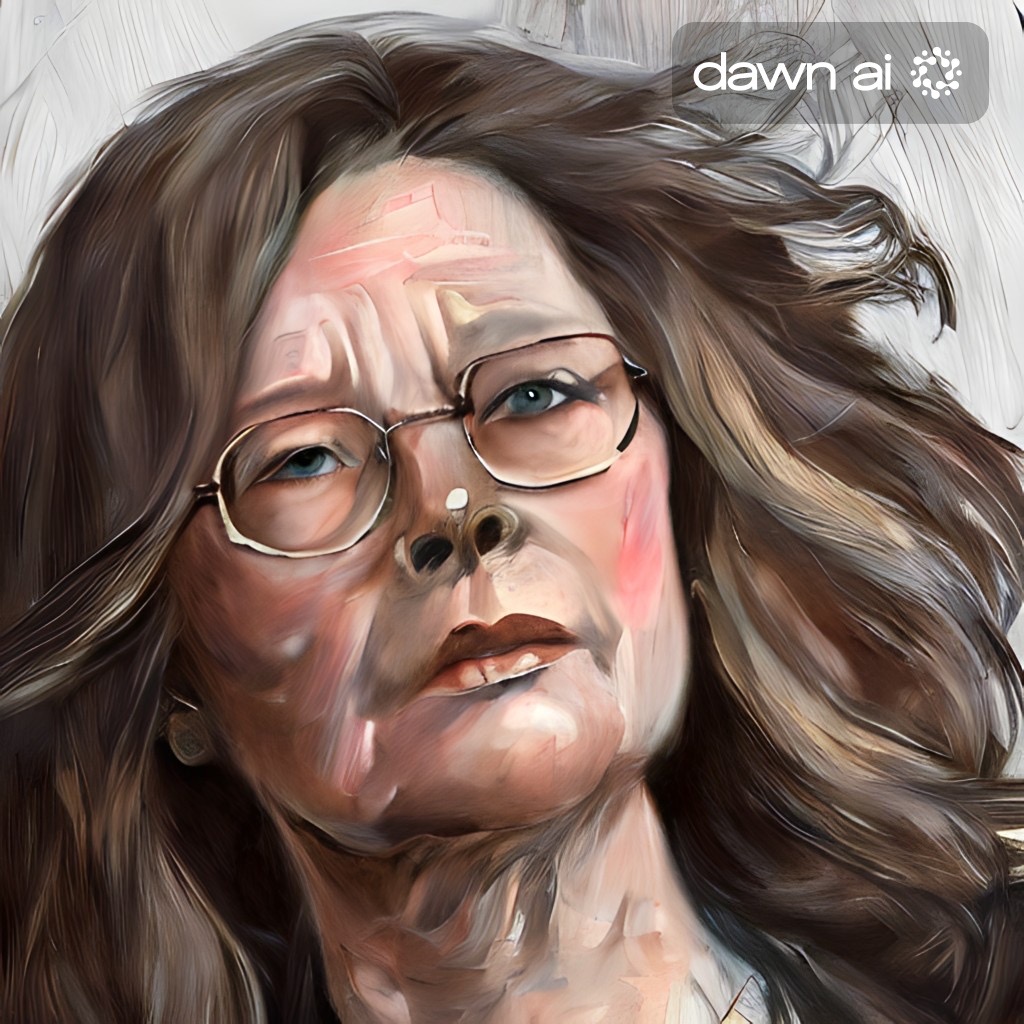complex written or pictorial material > 22/07/05
Hypertext as a literary form rapidly became an abused term both among its defenders and its opponents. Among its defenders hypertext was something of a sesame-open-you to non-linear, open-ended structures where “links and nodes” replace pagination in books. Its opponents rejected hypertext on the grounds that it does not use the technology of new media in new innovative ways – hypertext is still text that could be printed.
[ read more ]
site of the other > 16/03/05
When Barthes proclaimed the death of the author back in the 60s, it was not the writer he meant but the author as organizing principle of a body of work. Not much has changed up till today. It is still the author as authority and origin around which we talk about the work of a writer.
A web site, though, challenges this construct. It is here not the writer who is on central stage, but the site and the very interface. The web site becomes the organizing principle that undercuts every claim to authority and origin, and the works themselves are located / written at the site of the Other rather than (the intentional ego of) the writer. Can we ever talk about authority, intent, origin, when talking about the web? Could we ever? Isn’t it all a myth, as Barthes claimed long ago, and a myth we have outlived today?
shifting grounds > 08/02/05
In an article at trAce from March last year, Tim Wright discusses the drifting of new media writing towards new media art as more and more writers incorporate hypermedia and technological possibilities into their writing - a shift he sees happening at Alt-X, ground-breaking site where the literati was supposed to meet the digerati but, as Tim says, "more and more, it appears that it is neither the digerati nor the literati who embrace and drive net.art and new media writing these days. That role has fallen to the modern art community, intent on filling its galleries and museum with interactive installations, online exhibitions and digital performances."

